The Sweet Science Unveiled: A Definitive Guide to the History of Professional Boxing
Professional boxing, hailed as the sweet science, has a rich and captivating history that spans several centuries. From its humble beginnings as an ancient bare-knuckle sport to the modern era of gloved bouts, boxing has evolved in various aspects, including its timeline, the establishment of weight classes, the introduction of multiple belts, and significant rule changes. This article delves into the enthralling narrative of professional boxing, highlighting key moments, legendary fighters, and the evolution of boxing gear throughout the sport's storied history.
The Timeline of Professional Boxing
The timeline of professional boxing is a fascinating journey that showcases the sport's growth, transformation, and impact on society. Let's delve into the key milestones and defining moments that have shaped professional boxing into what it is today.
Ancient Origins
The roots of boxing can be traced back to ancient civilizations, where hand-to-hand combat was embraced as a form of entertainment and a test of skill. Ancient Egyptians, Greeks, and Romans engaged in various forms of combat sports, laying the groundwork for what would eventually become modern boxing.
The origins of professional boxing can be traced to the ancient Olympic Games in Greece, where pugilistic contests were an integral part of the sporting extravaganza. Known as "Pygmachia," these fights were held between men who donned leather straps called "himantes" around their hands to protect their knuckles. The objective was simple: land clean blows on the opponent until they could not continue.
With the rise of the Roman Empire, professional boxing gained further prominence. Romans adopted and modified the Greek boxing style, introducing brass knuckles and leather thongs loaded with metal to inflict more damage. These brutal matches, known as "pugilatus," were held in amphitheaters, attracting massive crowds who reveled in the sheer spectacle of bloodshed.
The fall of the Roman Empire marked a decline in professional boxing as gladiatorial contests took center stage. However, the sport experienced a revival during the 17th and 18th centuries in England. Initially, illegal, clandestine bare-knuckle fights known as "prizefighting" took place in open fields and taverns. It wasn't until the 18th century that the sport gained legitimacy by introducing rules, regulations, and dedicated boxing venues.
18th and 19th Centuries: Bare-Knuckle Era
The emergence of modern boxing can be attributed to the 18th century when bare-knuckle fights gained popularity in England. These fights were unregulated, often brutal contests that attracted spectators from all walks of life. Pugilists like James Figg, Tom Cribb, and Daniel Mendoza emerged as early stars of the bare-knuckle era, capturing the public's imagination.
Marquess of Queensberry Rules
The 19th century marked a crucial turning point in the evolution of professional boxing with the introduction of the Marquess of Queensberry Rules in 1867. These rules, named after John Sholto Douglas, the 9th Marquess of Queensberry, aimed to standardize the sport and increase safety. The Queensberry Rules introduced gloves, weight classes, and timed rounds, prohibiting various unsportsmanlike tactics. These rules laid the foundation for modern boxing as we know it today.
Rise of Organized Boxing
As boxing gained popularity, the need for regulation and organization became evident. In 1929, the British Boxing Board of Control was established, becoming the first official boxing organization. This marked a significant step towards standardized rules, fair competitions, and the recognition of champions. In subsequent years, international governing bodies such as the World Boxing Association (WBA) and the World Boxing Council (WBC) were founded, adding to the organizational structure of professional boxing.
The 20th century saw the rise of heavyweight boxing as the pinnacle of the sport. Legendary figures like Jack Dempsey, Joe Louis, Muhammad Ali, and Mike Tyson dominated the boxing scene and captured the imagination of fans worldwide. Their larger-than-life personalities, intense rivalries, and explosive fights elevated the sport to unprecedented heights, making heavyweight championship bouts some of the most highly anticipated events in sports history.
Pay-Per-View and the Modern Global Reach
The advent of pay-per-view television in the 1980s transformed the business of professional boxing. Mega-fights such as the "Thrilla in Manila" between Muhammad Ali and Joe Frazier and the "Fight of the Century" between Sugar Ray Leonard and Thomas Hearns became global spectacles, captivating audiences worldwide. Pay-per-view broadcasts opened up new revenue streams, enabling boxers to command significant purses and further raising the profile of the sport.
The Four Belts of Professional Boxing WBC, WBA, IBF, and WBO
Professional boxing, renowned for its thrilling contests and fierce rivalries, features four major championship belts that symbolize the highest achievements in various weight divisions. These belts, each representing a different sanctioning body, hold significant prestige and are coveted by boxers worldwide.
The WBC - The Green Belt
The World Boxing Council (WBC) championship belt, commonly known as the "green belt," is one of the most iconic symbols in professional boxing. Founded in 1963, the WBC has played a vital role in shaping the sport. Its green belt signifies excellence and has been worn by legends such as Muhammad Ali and Mike Tyson. The WBC is recognized for its commitment to social causes and humanitarian efforts, making it more than just a sanctioning body.
The WBA - The Super Belt
The World Boxing Association (WBA) championship belt, often referred to as the "super belt," has a storied history that dates back to 1962. Initially known as the National Boxing Association (NBA), it later transformed into the WBA. The WBA distinguishes itself by having multiple champions in a single weight class, including "Super Champions" and "Regular Champions." While this system has drawn criticism for diluting the title's significance, the WBA belt remains a prestigious accolade for boxers to strive for.
The IBF - The Red Belt
The International Boxing Federation (IBF) championship belt, featuring a distinct red color, emerged in 1983. Known for its strict adherence to rules and rankings, the IBF is renowned for its emphasis on mandatory title defenses. The red belt represents the IBF's commitment to integrity and fairness in the sport. Boxers who hold the IBF title are recognized for their discipline and tenacity.
The WBO - The Blue Belt
The World Boxing Organization (WBO) championship belt, adorned in blue, was established in 1988. Although the WBO is the youngest of the four major sanctioning bodies, it has gained prominence in recent years. The WBO is recognized for its global reach and efforts to expand boxing opportunities in different regions. Holding the blue belt signifies a boxer's international recognition and opens doors to lucrative matchups against champions from other sanctioning bodies.
Debates and Unification
The proliferation of multiple belts in each weight division has sparked debates among fans and experts regarding the significance of championships. Some argue that the abundance of titles can lead to confusion and diminish the value of being a true undisputed champion. However, unification fights, where two or more champions face off to consolidate the belts, serve as defining moments in the sport and reignite the passion of fans worldwide.
Introduction of Weight Classes
As boxing evolved, the establishment of weight classes became essential to ensure fair competition and mitigate the risk of injury. The introduction of weight classes was formalized with the Marquess of Queensberry Rules in 1867, which initially recognized three divisions: heavyweight, middleweight, and lightweight.
Over time, more weight classes were added to accommodate the diverse range of boxer sizes, including flyweight, bantamweight, featherweight, welterweight, and many more. The current framework includes 17 weight divisions, enabling fighters of similar size and stature to compete on a level playing field.
The History of Major Rule Changes In Professional Boxing
Throughout its history, professional boxing has undergone significant rule changes to adapt to the evolving needs of the sport. From introducing the Marquess of Queensberry Rules to implementing weight classes, scoring systems, and safety measures, these rule changes have shaped boxing into the modern spectacle we know today. The ongoing efforts to refine and improve the rules of professional boxing reflect the commitment of the sport's stakeholders to ensure fairness, safety, and the preservation of the sweet science for generations to come.
Introduction of the Marquess of Queensberry Rules
In 1867, the Marquess of Queensberry Rules were established, revolutionizing professional boxing. These rules, which set the foundation for modern boxing, introduced several key changes, including the use of gloves, three-minute rounds, ring size requirements, and the prohibition of wrestling and hitting below the belt. The Marquess of Queensberry Rules helped transform boxing into a more strategic and safer sport.
Adoption of the Ten-Point Scoring System
Up until the mid-20th century, professional boxing matches were often judged subjectively. In 1950, the ten-point scoring system was introduced, where judges award points to each boxer based on effective punching, defense, ring generalship, and other criteria. This system standardized scoring, making decisions more objective and transparent.
Introduction of the Three Knockdown Rule
The three-knockdown rule was implemented in the 1980s to protect the safety of boxers. Under this rule, if a fighter is knocked down three times in a single round, the bout is automatically stopped, declaring the opponent the winner by knockout. The three knockdown rule helps prevent unnecessary punishment and ensures the well-being of boxers.
Implementation of the Unified Rules of Boxing
In 2001, an effort was made to unify the rules of professional boxing. The Unified Rules of Boxing established consistent regulations across various jurisdictions, including guidelines for ring dimensions, equipment, fouls, and judging criteria. These standardized rules helped create a level playing field for boxers and simplified the organization and management of the sport.
Introduction of Instant Replay
To address controversial moments during fights, instant replay technology was introduced. In the early 2000s, boxing commissions began utilizing replay to review specific situations, such as knockdowns, low blows, or accidental head clashes. Instant replay ensures that crucial decisions are made accurately and helps maintain fairness in the outcome of fights.
Increased Drug Testing Protocols
In recent years, professional boxing has placed a greater emphasis on combating the use of performance-enhancing drugs. Stricter drug testing protocols, including random and more extensive testing, have been implemented to ensure a level playing field and protect the integrity of the sport. These measures aim to promote fair competition and maintain the health and safety of the boxers.
Legendary Fighters and Their Impact on Professional Boxing
Professional boxing has been blessed with a multitude of legendary fighters who have left an indelible mark on the sport. These exceptional athletes have captivated fans with their skills and charisma and influenced the trajectory of professional boxing itself. Let's explore the extraordinary careers of some of the most iconic fighters in boxing history and examine their lasting impact on the sweet science.
Muhammad Ali
Muhammad Ali, known as "The Greatest," transcended the sport with his mesmerizing boxing skills and charismatic persona. Ali dominated the heavyweight division with his lightning-fast footwork, impeccable reflexes, and powerful punches. Beyond the ring, he championed social causes, using his platform to advocate for civil rights and peace. Ali's impact on professional boxing extends beyond his sporting achievements, as he remains an enduring symbol of courage, conviction, and resilience.
Sugar Ray Robinson
Sugar Ray Robinson is regarded as one of the greatest pound-for-pound fighters in history. His sublime combination of speed, power, and technical brilliance made him an unparalleled force in the ring. Robinson's influence reached beyond his achievements, as he paved the way for future generations of boxers with his innovative and flamboyant style. His legacy endures as an inspiration for aspiring fighters striving for excellence and artistry in the sport.
Joe Louis
Joe Louis, the "Brown Bomber," reigned as the heavyweight champion for a record-setting 12 years. Louis possessed devastating power in both hands, impeccable technique, and an indomitable spirit. His historic victory over Max Schmeling in 1938, with its political and social implications, made him a symbolic figure. Louis' impact on professional boxing goes beyond his dominance in the ring, as he became a symbol of hope and inspiration for African-Americans during a time of racial segregation and discrimination.
Mike Tyson
Mike Tyson's meteoric rise to the top of the heavyweight division earned him the moniker of "Iron Mike." With his ferocious power, relentless aggression, and explosive knockouts, Tyson became the youngest heavyweight champion in history. His raw intensity captivated audiences around the world, generating an unmatched aura of excitement and anticipation. Tyson's impact on professional boxing lies in his ability to transcend the sport and become a cultural phenomenon, forever leaving an imprint on the collective consciousness of boxing fans.
Oscar De La Hoya
Oscar De La Hoya, known as the "Golden Boy," achieved remarkable success in multiple weight divisions. His exceptional boxing skills, boyish charm, and marketability propelled him to become one of the sport's biggest stars. De La Hoya's charisma and crossover appeal brought new audiences to professional boxing, expanding its fan base and commercial potential. His success as both a boxer and a promoter solidifies his influence on the sport as he continues to shape its present and future.
These exceptional athletes have not only showcased their incredible skills but have also made a lasting impact on the sport, but they aren't the only boxers worth mentioning. From the speed and power of Sugar Ray Leonard to the defensive prowess of Floyd Mayweather Jr., so many additional fighters have left an indelible mark on professional boxing.
Sugar Ray Leonard, often regarded as one of the greatest boxers of all time, combined speed, agility, and ring intelligence to dominate multiple weight divisions. His captivating fights against the likes of Thomas Hearns and Roberto Durán elevated him to legendary status.
Floyd Mayweather Jr., known for his defensive wizardry and impeccable precision, boasts an undefeated record that speaks volumes about his skill and technique. Mayweather's ability to avoid punches while counterpunching with precision made him an elusive and formidable opponent.
Manny Pacquiao, the "Pacman," captured the hearts of fans with his relentless aggression, lightning-fast combinations, and unwavering determination. His remarkable rise through weight classes and his exciting clashes with rivals like Juan Manuel Marquez and Oscar De La Hoya solidified his status as a boxing legend.
Rocky Marciano, the only heavyweight champion to retire undefeated, possessed a relentless fighting style and an iron chin. Marciano's incredible knockout power and determination propelled him to greatness and earned him a place among the sport's legends.
Jack Johnson, the first African-American heavyweight champion, defied societal barriers and paved the way for future generations. Johnson's boxing skills, combined with his defiance against racial injustice, left an enduring impact on professional boxing and society as a whole.
Roberto Durán, known as "Hands of Stone," showcased a ferocious fighting style and unmatched grit. Durán's battles with Sugar Ray Leonard and his storied career across weight divisions cemented his place as one of the most feared and respected fighters of his era.
These legendary boxers, along with countless others like Julio César Chávez, Lennox Lewis, and Evander Holyfield, have shaped the sport of professional boxing through their remarkable achievements, captivating performances, and enduring legacies. Their contributions have not only thrilled fans but have also inspired generations of aspiring fighters, ensuring that their impact on the sport will be felt for years to come.
The Evolution of Professional Boxing Gear: From Bare-Knuckle Brawls to Modern Equipment
Professional boxing, a sport steeped in tradition and history, has witnessed a remarkable evolution in gear and equipment. From the bare-knuckle brawls of yesteryears to the modern-day advancements in protective gear, the evolution of boxing equipment has been driven by a desire to enhance safety, improve performance, and provide a fair and level playing field.
Bare-Knuckle Era
In the early days of professional boxing, bouts were fought bare-knuckled, with minimal protective measures in place. Fighters relied solely on their fists and endurance, resulting in grueling and often brutal contests. However, as the sport gained popularity and concerns about safety arose, efforts were made to introduce rudimentary protection.
Introduction of Gloves
In the late 19th century, the use of gloves became mandatory in professional boxing. The intention was to reduce the severity of injuries and protect fighters' hands. Initially, gloves were little more than leather knuckle coverings, providing minimal padding.
However, gloves evolved to include additional padding, thumb attachments, and standardized weights to ensure fair competition over time. Modern lace-up gloves are also carefully designed for maximum hand protection and mobility.
Development of Mouthguards
Mouthguards, also known as gum shields, were introduced in the early 20th century to protect fighters' teeth and reduce the risk of dental injuries. Initially made of primitive materials such as rubber, modern mouthguards are custom-fitted to each fighter's mouth, offering superior protection and comfort.
Advancements in Headgear
Headgear, designed to protect the head and minimize the risk of cuts and concussions, has undergone significant changes over the years. In the early 20th century, rudimentary headgear made of cloth or leather offered minimal protection.
Modern headgear uses advanced materials, such as synthetic foam padding and impact-resistant shells, to enhance safety without compromising visibility or mobility.
Evolution of Boxing Shoes
Boxing shoes have evolved to optimize performance and provide maximum support and traction in the ring. Traditional boxing shoes were made of leather and featured high ankles for stability. Modern boxing shoes utilize lightweight materials, such as synthetic fibers, and incorporate advanced cushioning and ventilation systems to enhance comfort and agility.
Hand Wraps and Tape
Hand wraps, a crucial component of a boxer's gear, stabilize the hands, wrists, and knuckles. Originally, fighters would wrap their hands with strips of cloth or gauze. However, modern hand wraps are made of elastic materials, providing improved support, compression, and protection against injuries.
Advances in Protective Cups and Groin Guards
Protective cups and groin guards have undergone significant advancements to safeguard sensitive areas during bouts. Initially made of leather, modern protective cups employ advanced materials and designs to ensure a comfortable and secure fit, minimizing the risk of injury.
Impact of Technological Innovations
In recent years, technological innovations have revolutionized professional boxing gear. Smart sensors embedded in gloves, mouthguards, and headgear can track punch force, impact location, and vital statistics, providing valuable data for analysis and training purposes. These advancements enhance safety, aid in performance evaluation, and contribute to the overall advancement of the sport.
Conclusion
The history of professional boxing is a fascinating journey that intertwines with the broader narrative of human combat sports. From its earliest days as a raw and brutal contest to its current status as a highly regulated and globally recognized sport, boxing has continually evolved. Through the introduction of weight classes, major rule changes, the emergence of legendary fighters, and the evolution of protective gear, boxing has shaped its own unique identity, captivating fans and athletes alike for generations to come.
Sources
- https://sweetscienceoffighting.com/why-is-boxing-called-the-sweet-science/
- https://olympics.com/ioc/ancient-olympic-games/boxing
- http://www.caerleon.net/history/army/gladiators/july06/gladiators.htm
- http://www.historyisnowmagazine.com/blog/2019/8/11/the-rules-of-play-boxing-in-england-in-the-18th-century
- https://vault.si.com/vault/1961/02/20/the-bareknuckle-legacy-of-boxing
- https://theshadowleague.com/what-exactly-are-the-queensbury-rules-of-boxing/
- https://www.wbaboxing.com/
- https://wbcboxing.com/en/
- https://www.thefightcity.com/the-thrilla-in-manila-muhammad-ali-joe-frazier-ali-vs-frazier-george-foreman-boxing-history/
- https://www.ringtv.com/120835-the-reality-of-modern-boxing-marketing/
- https://evolve-mma.com/blog/4-major-boxing-belts-and-organizations-explained-wba-wbc-ibf-wbo-more/
- https://tss.ib.tv/boxing/featured-boxing-articles-boxing-news-videos-rankings-and-results/66218-boxings-chaotic-weight-divisions-a-short-history-of-how-we-got-to-where-we-are
- https://www.britannica.com/sports/boxing/Weight-divisions
- https://talksport.com/sport/boxing/1384526/how-is-boxing-scored-types-of-result-points-rules-system-judges-referees/#:~:text=In%20either%20scenario%2C%20modern%20boxing,10%2DPoint%20Must%20System'.&text=So%20named%20because%20each%20and,and%20the%20loser%20scoring%209.
- https://lawofthefist.com/does-the-three-knockdown-rule-still-exist-in-boxing/
- https://www.abcboxing.com/unified-rules-boxing/
- https://www.boxingdaily.com/boxing-legends/roberto-duran/
- https://www.si.com/boxing/2023/02/15/jack-johnson-first-black-heavyweight-boxing-champion
- http://www.espn.com/classic/biography/s/Marciano_Rocky.html
- https://www.essentiallysports.com/boxing-news-why-is-manny-pacquiao-called-pac-man-the-hidden-meaning-behind-his-nickname/
- https://boxrec.com/en/proboxer/352
- https://boxrec.com/en/proboxer/474
- https://boxrec.com/en/box-pro/8253
- https://nmaahc.si.edu/explore/stories/joe-louis
- https://www.espn.com/sportscentury/features/00016439.html
- https://www.biography.com/athletes/muhammad-ali
- https://www.mk1boxing.com/blogs/joy-of-striking/preserving-your-boxing-equipment
- https://www.mk1boxing.com/blogs/joy-of-striking/how-to-properly-protect-your-hands-while-boxing
- https://www.mk1boxing.com/collections/the-select-collection/products/select-lace-up-boxing-gloves
- https://www.mk1boxing.com/collections/the-select-collection/products/mk1-select-groin-guard
- https://www.mk1boxing.com/collections/the-select-collection/products/mk1-select-open-face-headgear




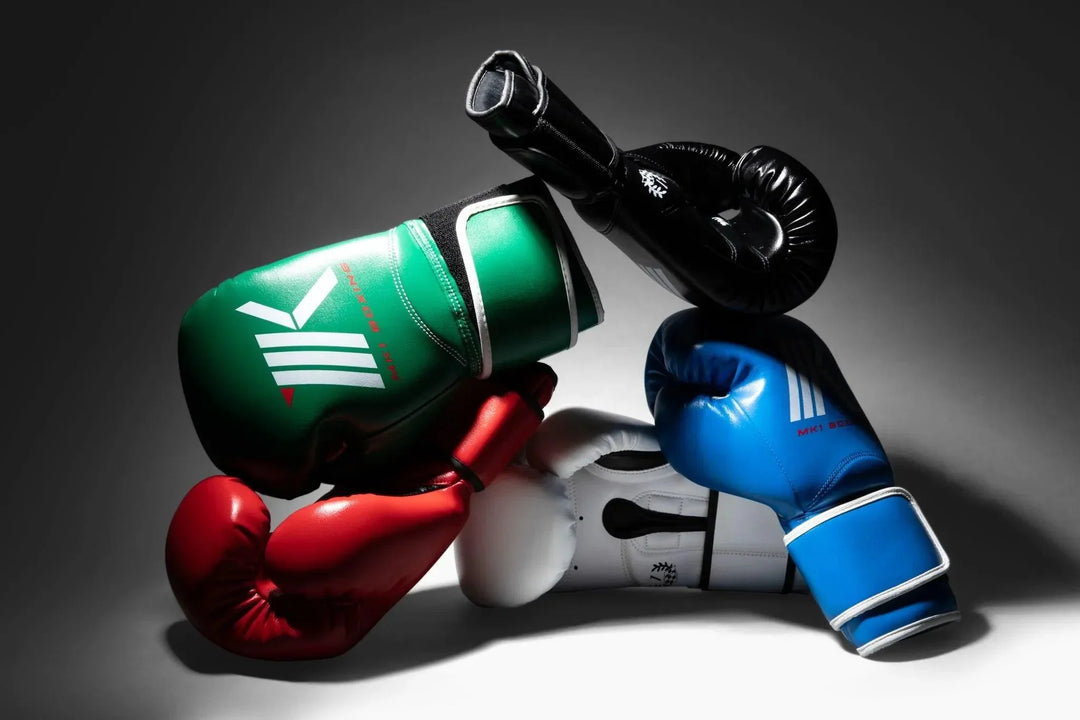
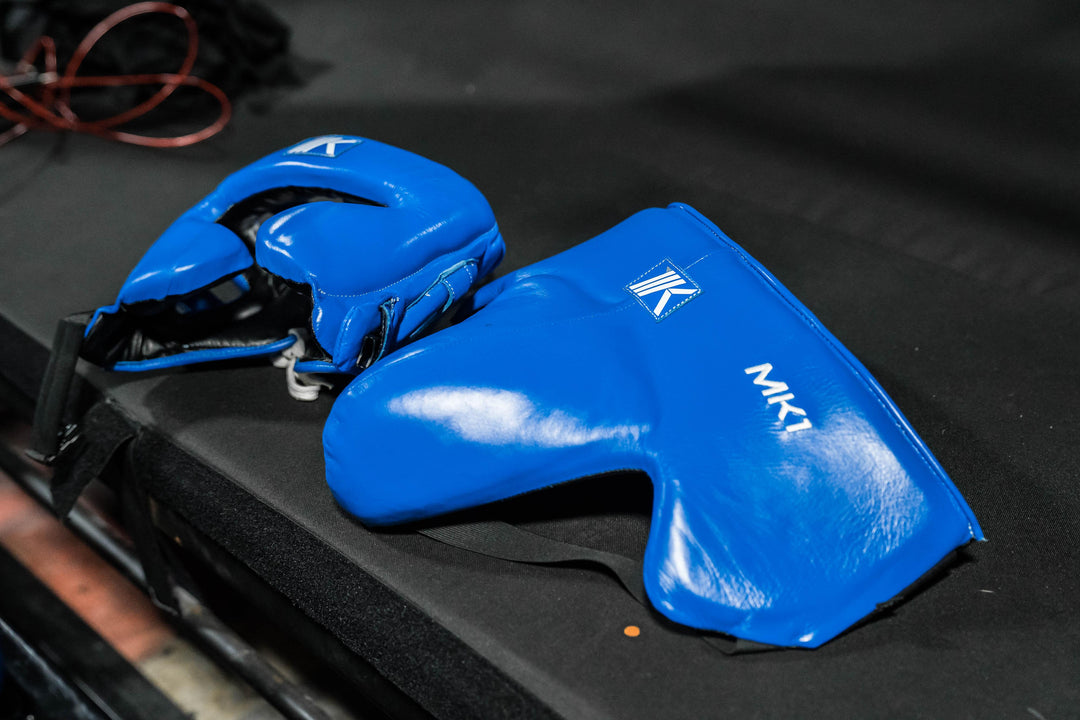
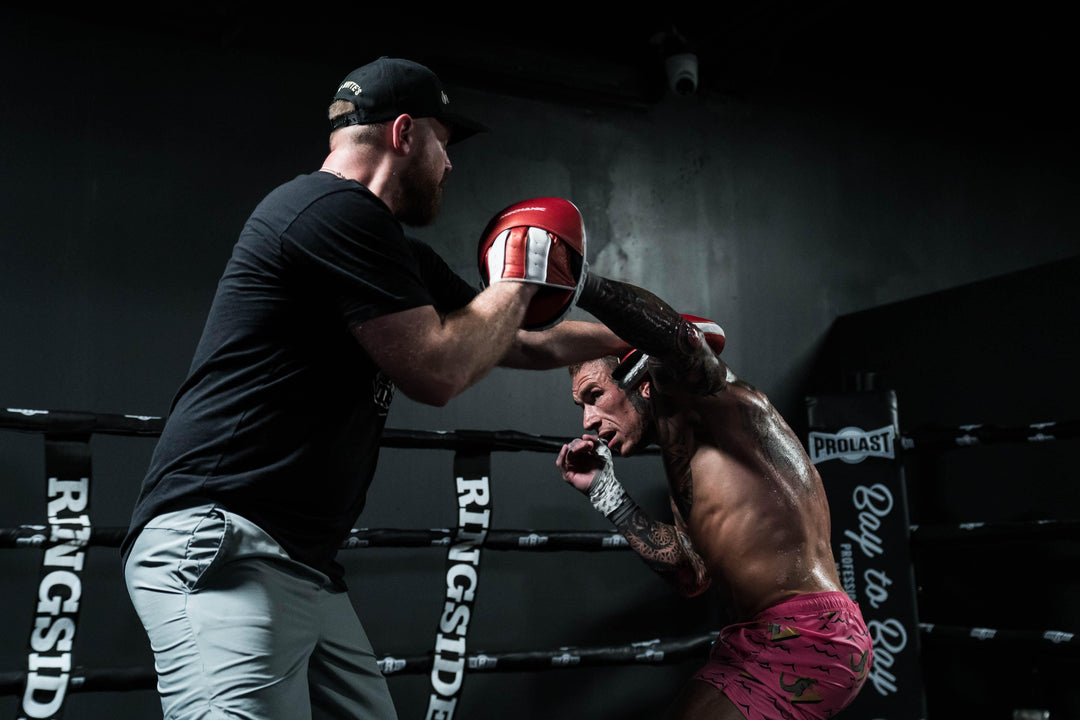




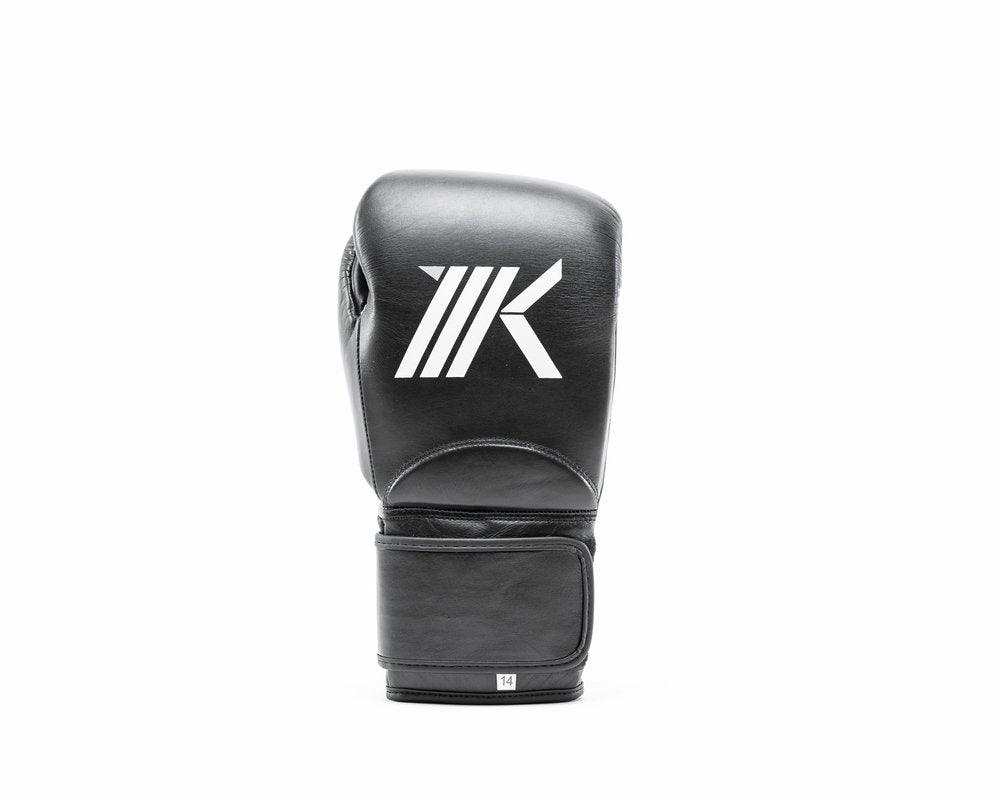



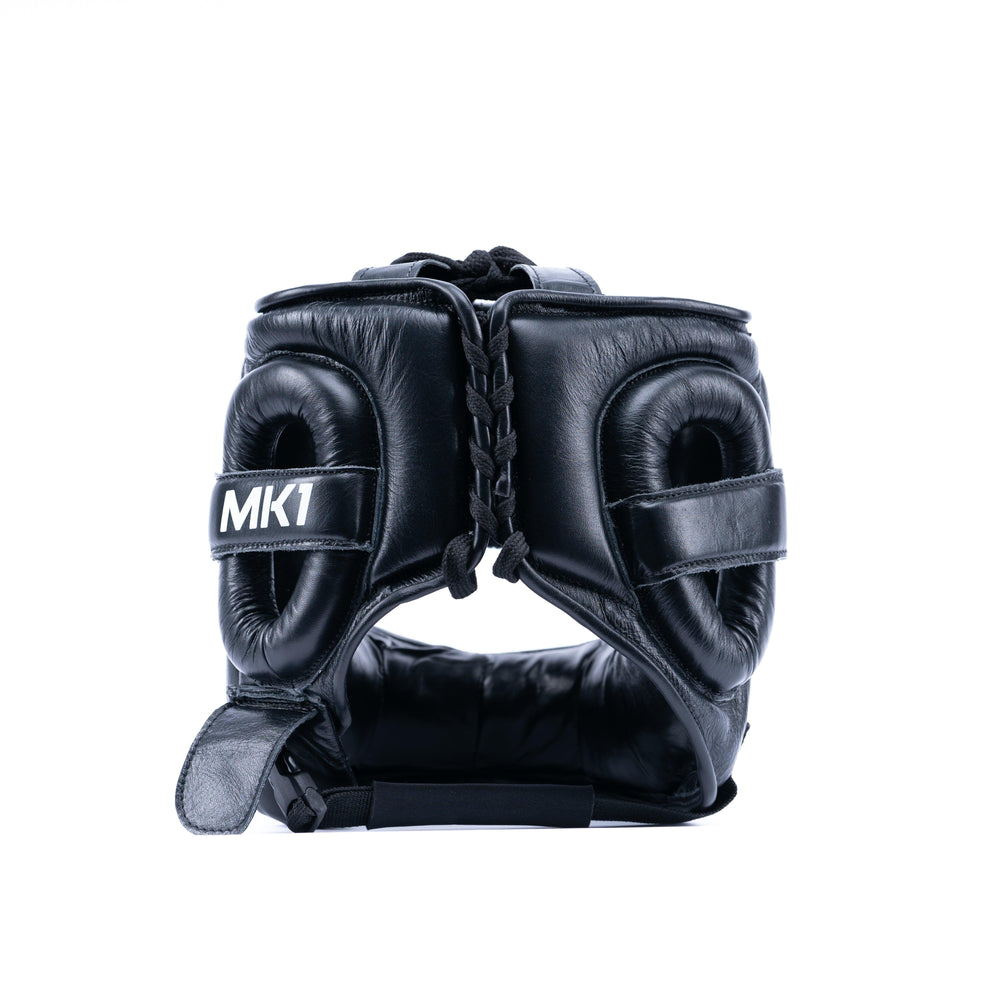
Leave a comment